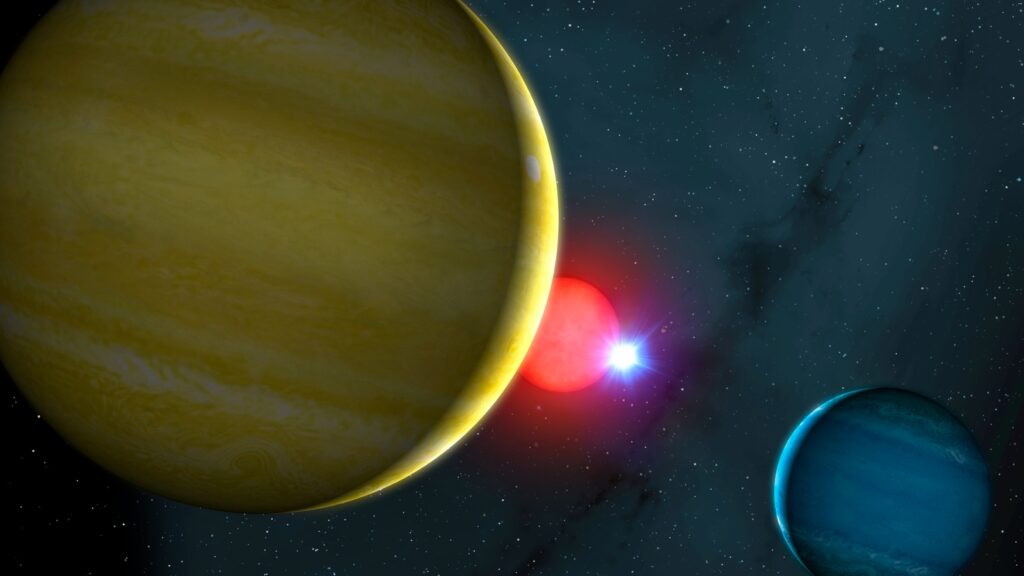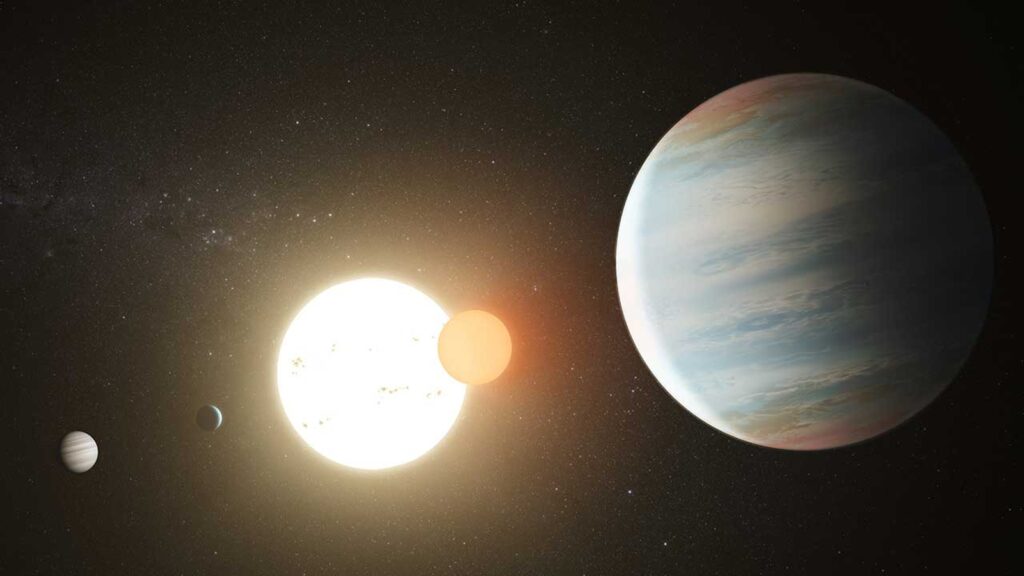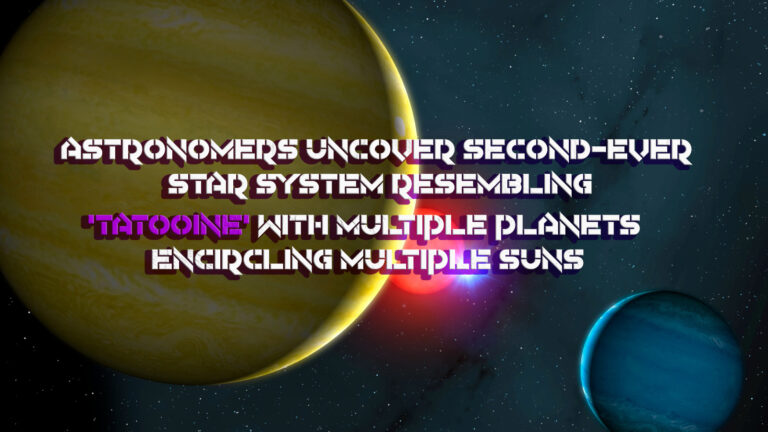Astronomers Uncover Second-Ever Star System Resembling ‘Tatooine’ with Multiple Planets Encircling Multiple Suns
For only the second time, astronomers have discovered multiple “Tatooine worlds,” or circumbinary planets, in the same star system.
Astronomers Make Second-Ever Discovery of Multiple “Tatooine” Worlds – Exoplanets Orbiting a Binary Star System

The recent revelation provides further evidence that these Star Wars-inspired planets, with two suns and dual sunsets akin to Tatooine, are more abundant than previously believed. These unique planets, known as circumbinary planets or Tatooine worlds, are found within star systems featuring two stars.
The initial detection of a circumbinary planet, named Kepler-16b, occurred in 2011, followed closely by the unveiling of two additional examples, Kepler-34b and Kepler-35b, in 2012. Subsequently, scientists have identified a total of 14 distinct circumbinary worlds, with a majority of the detections attributed to NASA’s retired Kepler space telescope, which was operational until 2018.
In a recent research article published on June 12 in the journal Nature Astronomy, astronomers directed their telescopes from Earth towards BEBOP-1, a star system situated approximately 1,320 light-years away from us. Their primary objective was to investigate BEBOP-1b, a circumbinary planet initially detected in 2020. However, their efforts led to the identification of a new circumbinary planet named BEBOP-1c, marking the 15th recognized Tatooine world. This discovery further classifies BEBOP-1 as a multi-planetary circumbinary system (MCS). The nomenclature “BEBOP” originates from the “Binaries Escorted By Orbiting Planets” project, which played a pivotal role in unveiling this star system.

According to the researchers’ findings, the recently found BEBOP-1c possesses a mass approximately 65 times that of Earth, or roughly five times less massive than Jupiter. This information was outlined in a statement provided by the researchers. In comparison, the previously identified BEBOP-1b has a size similar to that of Saturn.
BEBOP-1 represents the second known instance of a multi-planetary circumbinary system (MCS). The initial discovery of such a system, Kepler-47, occurred in 2012 and comprises three exoplanets.
Previously, circumbinary planets were deemed to be exceptionally scarce due to the gravitational intricacies involved in their potential orbits. However, the recent surge in discoveries of these celestial bodies reveals that they are not only feasible but surprisingly prevalent. Considering that up to half of the sun-sized stars in the Milky Way exist in binary pairs, it is conceivable that there are thousands of these worlds awaiting detection within our galaxy. Previous evidence has even suggested the possibility that our own sun may have been part of a binary system before the formation of the solar system.
In the year 2021, scientists made an additional noteworthy discovery: the first-ever “circumtriple planet,” which orbits three suns within a single system named GW Orionis.
The researchers plan to persist in their examination of the BEBOP-1 system in order to gain further insights into the formation process of circumbinary planets. It remains plausible that the BEBOP-1 system harbors additional undetected planets. In their quest for more information, the researchers aspire to leverage the cutting-edge James Webb Space Telescope, enabling them to conduct a closer examination of this system in the future.
Source:LiveScience
Do not forget to share your opinion with us to provide you with the best posts !




0 Comments